What are the Sterilization Systems offered by the Bacticinerator?

Firstly, all laboratory equipment and instruments are exposed to be contaminated by microorganisms, something that cannot happen if you want a correct use according to the sanitary regulations that must be practiced within these spaces. It is important not to confuse cleaning with sterilization, which are processes that can be combined but have different characteristics that need to be noted.
What are the differences between Bacticinerador and the Lighter?
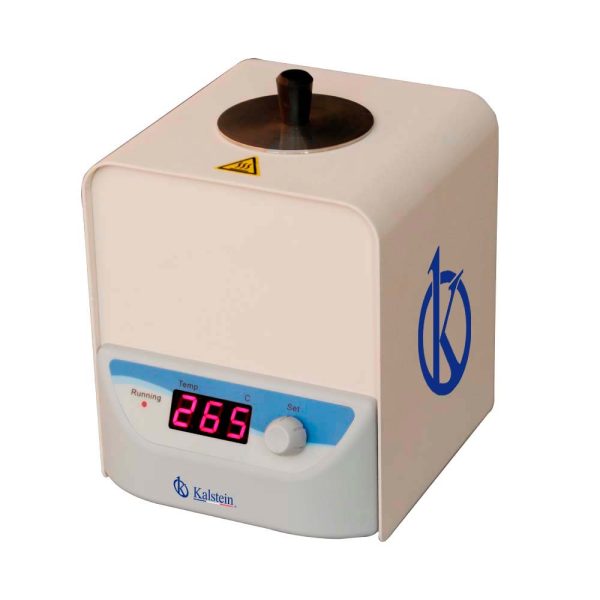
Currently, lighters are applied in laboratories around the world, for the sterilization of flasks. However, through the integration of sterilizers such as the Bacticinerador, their functions are different and they are in charge of disinfecting the handles for microbiological tests, besides being modern and has been relegating the Burner Bunsen to the role of an auxiliary medium, although still with great presence in the laboratory practices of many academic disciplines.
Why is a bacti-cinerator important?
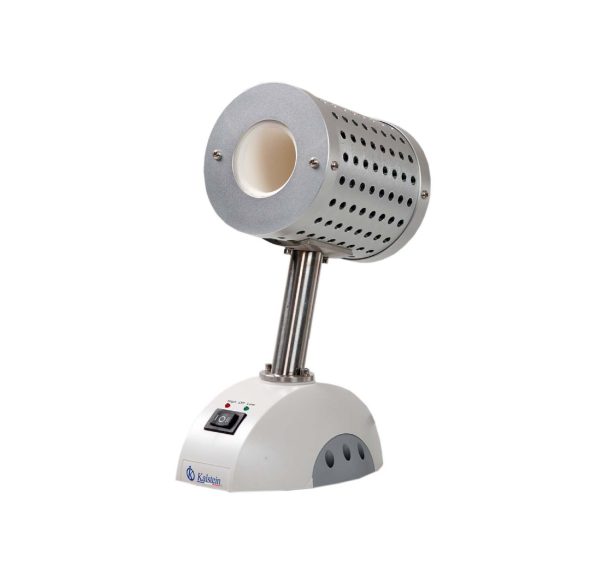
A bacterium-incinerator is a device used in microbiology laboratories to sterilize instruments, consisting of a ceramic tube surrounded by metal and with a hollow portion in the center. When ignited, the bacti-incinerator can reach temperatures around 800 degrees Celsius, enough to incinerate any organic material in an inoculation roast.
What are the Bacticinerator Applications?
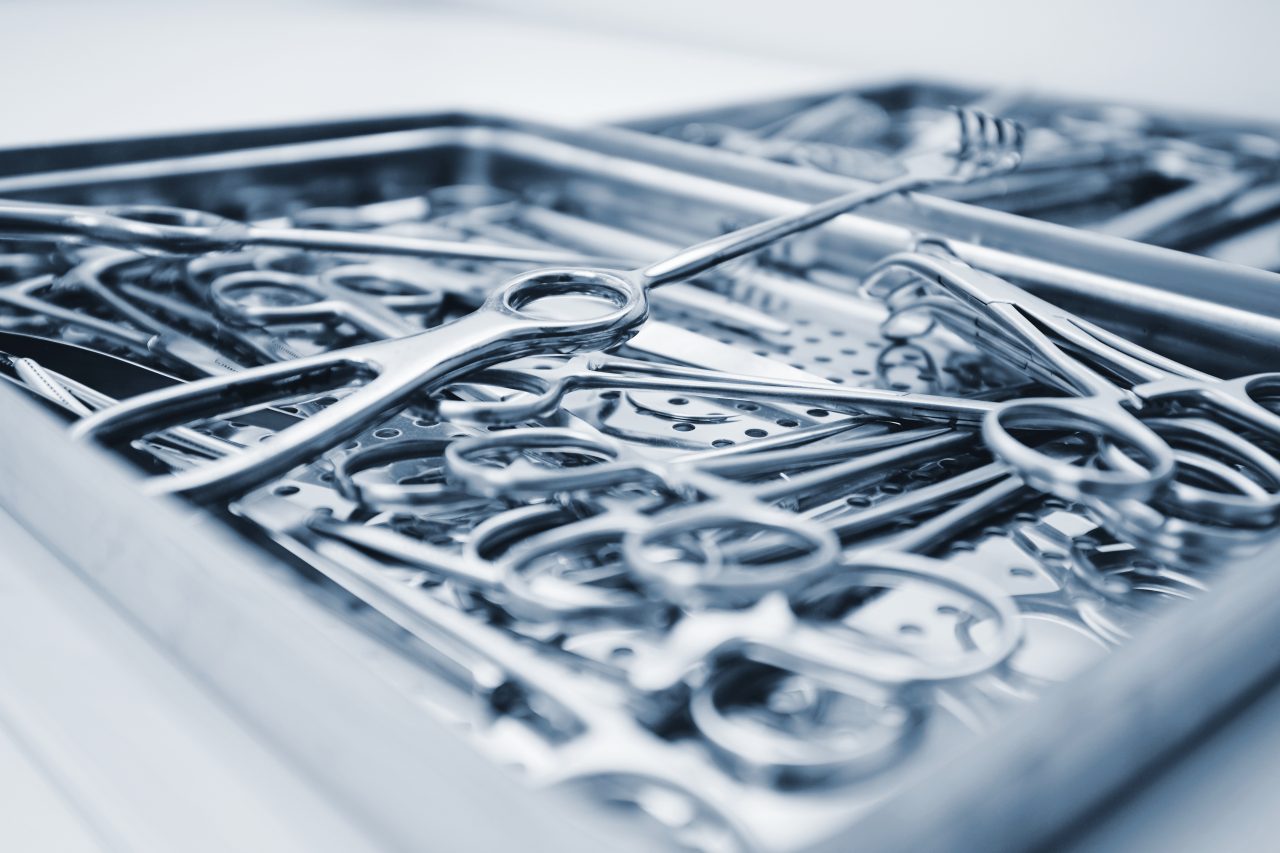
For the sterilization of the handles used in microbiology laboratories, the use of the Bacticinerator is ideal. This disinfects handles made of platinum, needles, glass tube/pipette nozzles, and various glass and metal instruments by incinerating at temperatures between 500 °C to 815 °C or more. These processes succeed in eliminating pathogenic and non-pathogenic microbial load from culture instruments. In this sense, the Bacticinerator is applied in food, pharmaceutical and / or cosmetic industries; passing and diluting samples up to 1g, avoiding microbial contamination.
What are the Functions of a Bacti-Cinerator?

The use of lighters was the ideal equipment for sterilization within the laboratory. But today, with the existence of the Bacti-Cinerator, it became the appropriate instrument to disinfect the handles used in laboratories.
Bacticinerator Characteristics

The Bacticinerador sterilizer is a gas-free, flameless laboratory instrument for use with microbiological needles and inoculation handles. It achieves sterilization through infrared heat without dangerous splashing of microorganisms, to comply with widely fundamental antiseptic techniques in the field of microbiology.
Using the Microplate Washer to Perform Syphilis Virus Serology
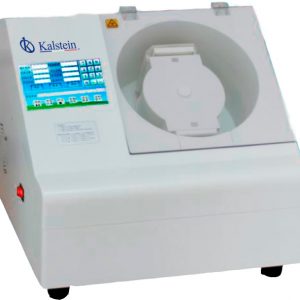
The microplate washer is a laboratory team responsible for cleaning the polyethylene plates used during Elisa’s practice. Its importance lies in sanitizing to remove any unbound material and substances that have not reacted.
Using Electrophoresis to Detect Genetic Diseases

In humans, the genetic link of certain diseases between sex-linked hemophilia and color blindness was first observed. However, the application of the principles of genetic linkage to diagnosis was limited until the richness of the genetic markers present in DNA could be easily detected using the DNA molecule itself.
Importance of Moisture Analysers in the Tobacco Industry
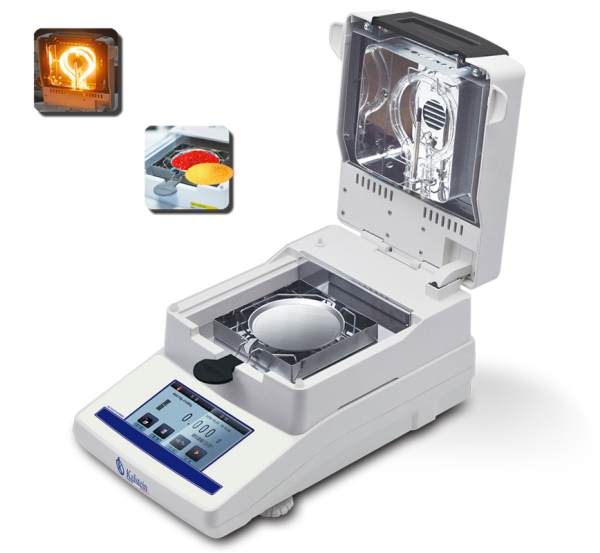
Humidity analyzers are laboratory equipment designed for multiple applications, with an excellent configuration for integration into existing industrial sectors and systems. It has an infrared drying mechanism, able to remove all water from the samples in a short time. It also has temperature levels for each test, improving stability in harsh environments. And most importantly, thanks to its design, samples can be determined in real time by experts.
Use of Moisture Analyzers for Coffee Production

The drying processes for coffee production are the most used because it allows the conservation of grains, ensuring the elimination of all water contents in the seeds, favoring precision to reduce the growth of fungi and bacteria, and allows storage for long time, preserving the physical quality and conservation of the particular odor.
